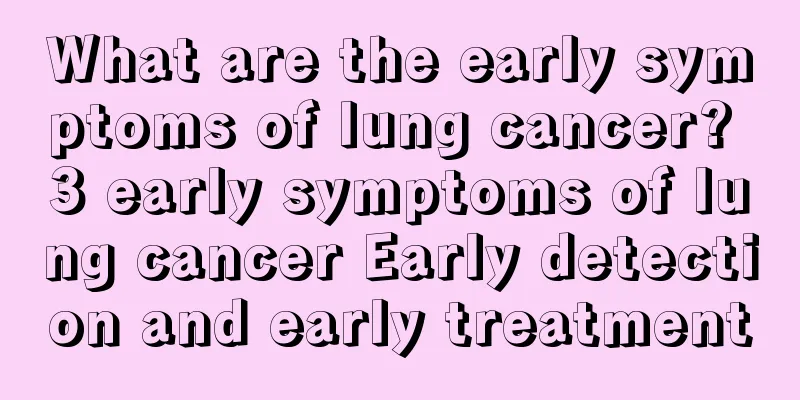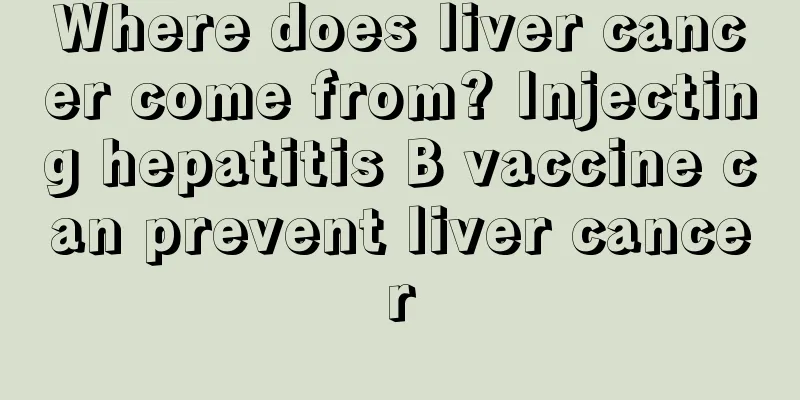Bacterial contamination is so harmful

|
From the perspective of real life, bacterial contamination manifests itself in many aspects, among which the most common and most harmful is food bacterial contamination. Once food is contaminated by bacteria, it is very easy to spoil and deteriorate. If it is consumed, it can easily cause poisoning and may also cause some infectious diseases, such as bacillary dysentery. (1) Causing food spoilage: Food spoilage refers to all changes in food composition and sensory properties caused by various factors, mainly microorganisms. These changes are often the degradation of food ingredients accompanied by unpleasant changes in sensory properties such as color, aroma, taste, and shape, which reduces or loses the nutritional value and edible value of the food. It is one of the most common hygiene problems in food production and management. Food spoilage can lead to reduced nutritional value, reduced edible value or even loss of food, and may also cause food poisoning. Most spoilage caused by microorganisms has obvious changes in sensory properties, but the changes in sensory properties caused by some Bacillus are not obvious. They mainly occur in fermented products and canned foods. Since they produce acid but not gas, and these foods themselves have a sour taste, their characteristics are not obvious and can easily be mistaken for being problem-free. However, they may cause food poisoning after use. (2) Inducing food poisoning: After some foods are contaminated by pathogenic bacteria, they will multiply in large numbers under suitable temperature, moisture, pH and nutritional conditions, causing the food to contain a large number of pathogenic bacteria. When the human body ingests a certain number of live bacteria, it will cause food poisoning. On the other hand, some contaminating bacteria will multiply in the food and produce toxins, causing food poisoning. (3) Causing foodborne infectious diseases: Some pathogenic bacteria, such as Shigella dysenteriae and Salmonella typhi, can survive in food for a certain period of time after contaminating the food. If sterilization measures are not taken before consumption, foodborne infectious diseases may be caused by ingestion of living pathogenic bacteria. Common bacterial infectious diseases transmitted through food include dysentery, typhoid fever, cholera, etc. (iv) Causing economic losses: Whether food is discarded due to food spoilage or inducing human diseases, it will be accompanied by certain economic losses. According to WHO statistics, the economic losses caused by food spoilage alone amount to tens of billions of dollars each year worldwide. The nature and extent of the hazards of food bacterial contamination depend on the type and quantity of bacteria that contaminate the food. For example, bacterial contamination of food mainly composed of miscellaneous bacteria mainly causes food spoilage; when intestinal pathogenic bacteria contaminate food, it can cause food-borne infectious diseases or food poisoning. |
<<: What is the normal value of uric acid? What happens if uric acid is high?
>>: What should I do if I have a stuffy and runny nose due to a cold in winter?
Recommend
How are pituitary tumors formed
How is a pituitary tumor formed? The high-risk gr...
What should patients with liver cancer pay attention to during radiotherapy? Here are some points to note when receiving radiotherapy for liver cancer
Radiological Intervention Column News What should...
What to do if white shoes rub the heels
Nowadays, white sneakers can be said to be the ne...
What to do about fundus pigmentation and how to treat it
Eyes are unique and vital to each person, and eye...
Does nasopharyngeal cancer cause tinnitus? What are the early symptoms?
Does nasopharyngeal cancer cause tinnitus? What a...
How long can you live with kidney cancer?
Kidney cancer, also known as renal cell carcinoma...
What are some shade-tolerant indoor plants?
Plants are common things in life and are very imp...
What does sex hormone blood test check
Speaking of sex hormone tests, I believe everyone...
Can pregnant women eat spring sprouts?
Spring buds are actually another name for Chinese...
Can malignant chondrosarcoma be cured?
Malignant chondrosarcoma is a rare malignant tumo...
What are the dangers of having an anxious heart rate of 90
When we encounter something urgent to deal with, ...
What should people with bladder cancer pay attention to in their diet? What should people with bladder cancer eat?
Bladder cancer is a malignant tumor disease that ...
Will hives leave scars?
There are many people suffering from urticaria in...
Diagnosis and treatment of colon cancer
In clinical practice, colon cancer is a relativel...
Gather together, the class on tips for removing frostbite scars is about to begin!
Due to the cold weather in winter, the face and h...









